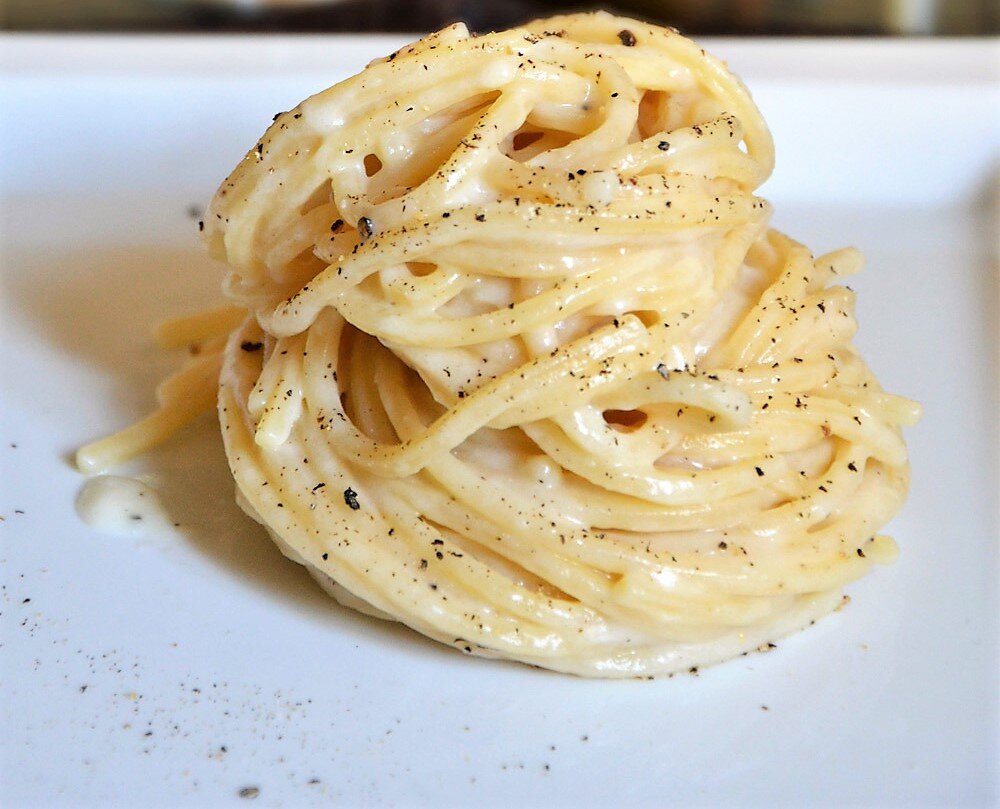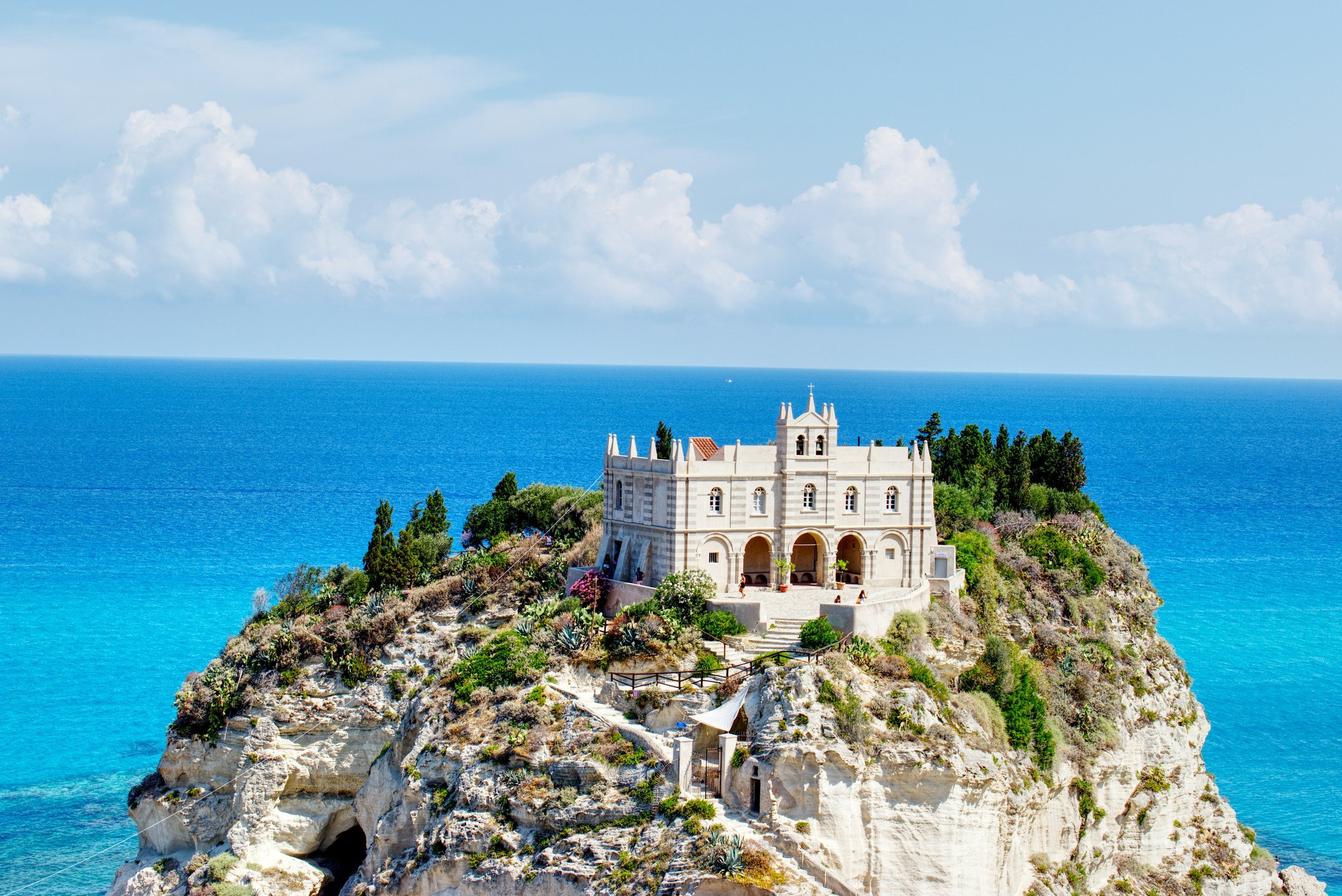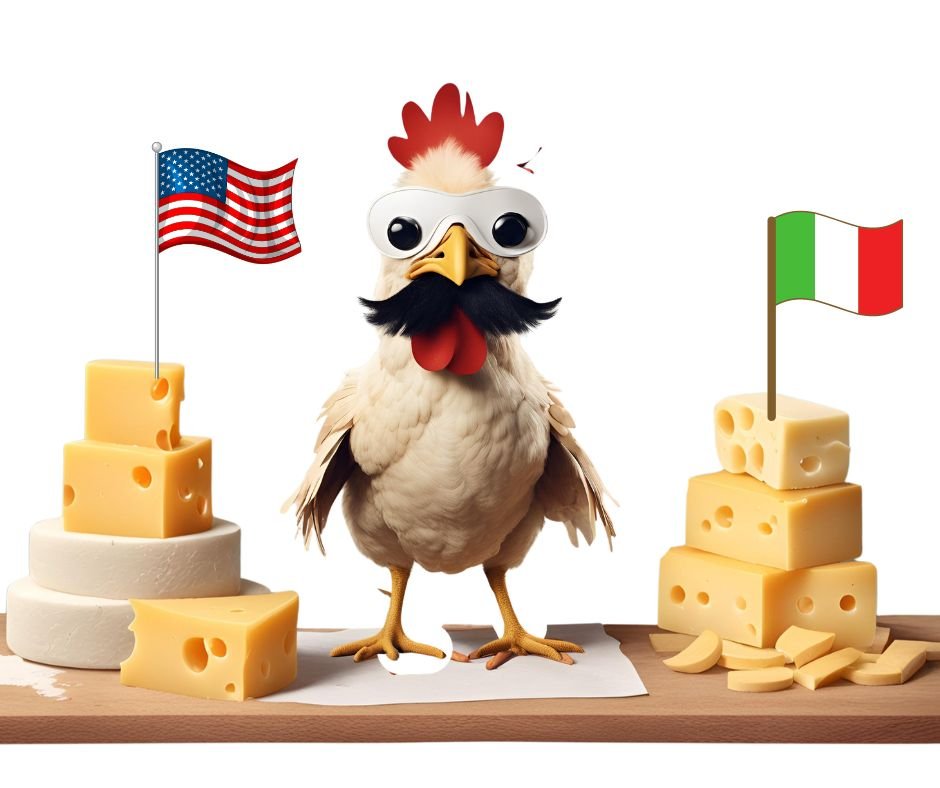Cacio e Pepe Pasta - Three Tricks to Get it Right
If Essence is behind any real Italian dish, cacio e pepe pasta is the epitome of essence.
If essence is behind any real Italian dish (see One Thing North Americans Don't Get About Italian Food), cacio e pepe pasta is the epitome of essence. The wonder of this Italian staple is that, incredibly, it is based on just three ingredients - black pepper, Italian sheep cheese -pecorino - and pasta. So, no olive oil, no butter, nothing else.
It takes skill to juggle these three simple ingredients well enough to bring out something as good as cacio e pepe pasta.
You need three things - balance (of quantities), timing and a clear mind.
A Clear Mind
Let’s begin with the clear mind - Unfortunately, no newfangled goat cheese from some nifty non-Italian farm can be part of the equation. All you are asked for here is to bring in a hefty slice of unpretentious pecorino romano churned up mainly in Sardinia (97% of pecorino romano comes from Sardinia and the remaining 3% from Lazio and Grosseto). If you think that any American version of pecorino will do the trick, I ask you to clear your mind and embrace the idea that real Italian pecorino will make the difference. It’s not that hard to find it in Toronto. You can find one of the best pecorino romano cheese in town at Maselli’s Supermarket at 960 Danforth Ave, a superstore selling genuine Italian food since 1950s.
Timing
Italian cooking is like life — timing is everything. You really need to pull the pasta out of the boiling water around one or two minutes before it’s done. This is crucial. The final part of the cooking has to happen in the frying pan with the toasted black pepper and a scoop of boiling water. It is there that you will stir the cheese compost; and it is in there that swiftly dosing the boiling water- the cheese compost and the heat, you will build and create the mythical cacio and pepe sauce. This process is called mantecatura and it is usually done on a turned-off burner. (see The Life Changing Meaning of the Italian Word "Mantecare").
Balance
The quantities of your magic three ingredients need to be carefully balanced like a golden ratio. Your main worry is to have enough pecorino to smother the pasta you use. A rule of the thumb you can use is to calculate around 50 gr of pecorino for 100 gr of pasta, to play it safe. Some chefs use much less pecorino. Others add in 10% of Parmesan to deal down the intense flavor of pecorino cheese. Follow this advice and you’ll have a foolproof cacio e pepe sauce you and your guests will marvel at.













